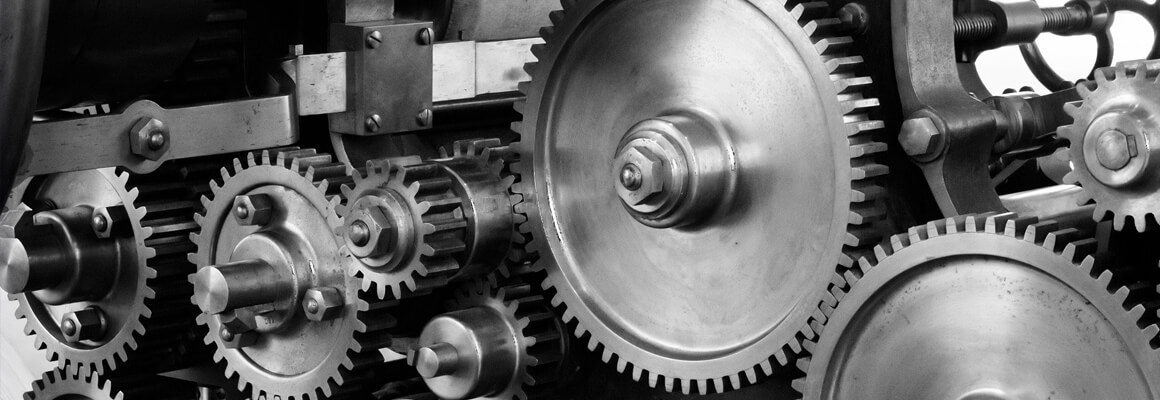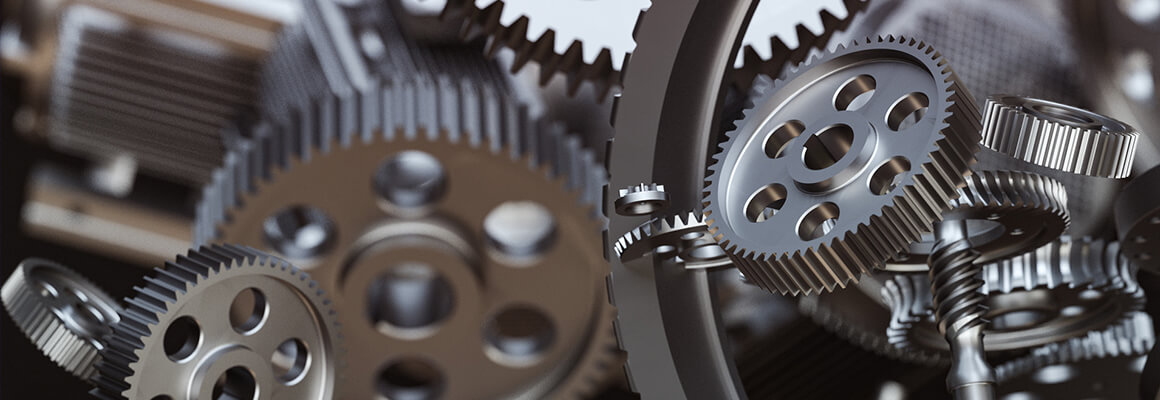Rolling Machines: Everything You Need to Know Before Buying One
A rolling machine is an essential tool in metal fabrication, construction, and manufacturing industries. These machines shape, bend, and compress materials like metal sheets, pipes, and wires, enabling the production of high-precision parts. Whether you're a business owner, engineer, or manufacturer, selecting the right rolling machine can significantly impact efficiency, productivity, and costs.
In this guide, we will explore different types of rolling machines, their key benefits, and how to choose the best one for your needs. We'll also address frequently asked questions and provide expert maintenance tips to maximize your machine’s lifespan.
1. What Is a Rolling Machine?
A rolling machine is an industrial device that processes materials by passing them through rotating rollers to change their shape, thickness, or curvature. These machines are widely used in automotive manufacturing, shipbuilding, pipeline construction, and metalworking industries.
There are various types of rolling machines, each designed for specific applications.
2. Types of Rolling Machines and Their Uses
2.1 Sheet Metal Rolling Machines
Designed to roll and shape thin metal sheets.
Used in aircraft manufacturing, roofing, and automotive panel production.
2.2 Plate Rolling Machines
Built to roll thicker metal plates into cylinders, cones, or curved structures.
Commonly used in heavy-duty industries like shipbuilding, oil & gas, and large tank fabrication.
2.3 Pipe and Tube Rolling Machines
Specialized for bending pipes and tubes without causing deformation.
Essential in construction, plumbing, and automotive industries.
2.4 CNC Rolling Machines
Computer-controlled machines offering high precision and automation.
Ideal for mass production and intricate designs.
2.5 Wire Rolling Machines
Used to reduce the thickness of wires and improve surface finish.
Crucial in electrical, jewelry, and fencing industries.
3. Why Invest in a Rolling Machine?
Purchasing a rolling machine is a major investment, but the benefits far outweigh the costs. Here’s why:
✅ Enhanced Precision: Consistently delivers accurate and high-quality outputs.
✅ Improved Productivity: Speeds up the fabrication process, reducing manual labor.
✅ Cost Savings: Reduces material waste and minimizes operational expenses.
✅ Versatility: Works with various materials, including steel, aluminum, and copper.
✅ Scalability: Supports both small-scale and large-scale production.
4. How to Choose the Best Rolling Machine for Your Needs
Selecting the right rolling machine requires careful evaluation of several factors.
4.1 Determine the Material Type and Thickness
Identify whether you need a sheet metal, plate, or pipe rolling machine.
Ensure the machine’s capacity matches your production requirements.
4.2 Consider Automation Level
Manual Machines: Best for small workshops and DIY projects.
Semi-Automatic Machines: A balance between cost and automation.
Fully Automatic CNC Machines: Ideal for large-scale manufacturing.
4.3 Assess Speed and Power Requirements
High-speed machines increase production efficiency.
Hydraulic machines provide better force distribution than mechanical ones.
4.4 Evaluate Budget and Maintenance Costs
Consider both upfront and long-term expenses.
CNC machines have higher initial costs but lower maintenance needs over time.
5. Frequently Asked Questions About Rolling Machines
5.1 How much does a rolling machine cost?
Prices range from $3,000 for basic models to $100,000+ for high-end CNC machines.
5.2 What industries use rolling machines the most?
Metal fabrication
Aerospace & automotive
Shipbuilding & construction
Pipeline & energy industries
5.3 How long does a rolling machine last?
With proper maintenance, a rolling machine can last 15 to 20 years.
5.4 What’s the difference between plate and sheet rolling machines?
Plate rolling machines handle thicker materials.
Sheet rolling machines work with thinner metal sheets.
5.5 How do I maintain my rolling machine?
Regular maintenance includes:
Lubricating moving parts to prevent wear.
Cleaning rollers to remove debris.
Inspecting alignment to avoid defects.
6. Maintenance Tips for Rolling Machines
1️⃣ Lubricate Regularly: Reduces friction and extends the machine’s lifespan.
2️⃣ Keep It Clean: Remove dirt and metal shavings after every use.
3️⃣ Check Roller Alignment: Misalignment can lead to poor-quality output.
4️⃣ Monitor Wear and Tear: Replace worn-out parts before they cause breakdowns.
5️⃣ Follow Manufacturer Guidelines: Stick to recommended maintenance schedules.
7. The Future of Rolling Machines: Trends and Innovations
7.1 Smart Automation with CNC Technology
CNC rolling machines are increasing efficiency and reducing human error.
They integrate with AI and IoT for real-time monitoring and predictive maintenance.
7.2 Eco-Friendly Rolling Machines
New models are designed with energy-efficient motors and low-emission technologies.
Green manufacturing is driving demand for sustainable solutions.
7.3 Advanced Material Compatibility
Machines are evolving to handle composite materials, titanium, and high-strength alloys.
This expands their use in aerospace, defense, and medical industries.
Conclusion
A rolling machine is a must-have tool for industries that require precision metal shaping. Whether you're considering a sheet metal roller, pipe bender, or CNC rolling machine, knowing your material type, automation needs, and budget will help you make the best investment.
Choosing the right rolling machine can enhance efficiency, reduce costs, and improve production quality. If you're ready to take your fabrication process to the next level, explore your options today and invest in the perfect rolling machine for your business!
Key Takeaways
✔ Rolling machines shape materials efficiently for various industries.
✔ Types include sheet metal, plate, pipe, tube, and wire rolling machines.
✔ Benefits include cost savings, scalability, and improved precision.
✔ Choosing the right machine depends on material type, automation level, and power requirements.
✔ Proper maintenance ensures longevity and optimal performance.




